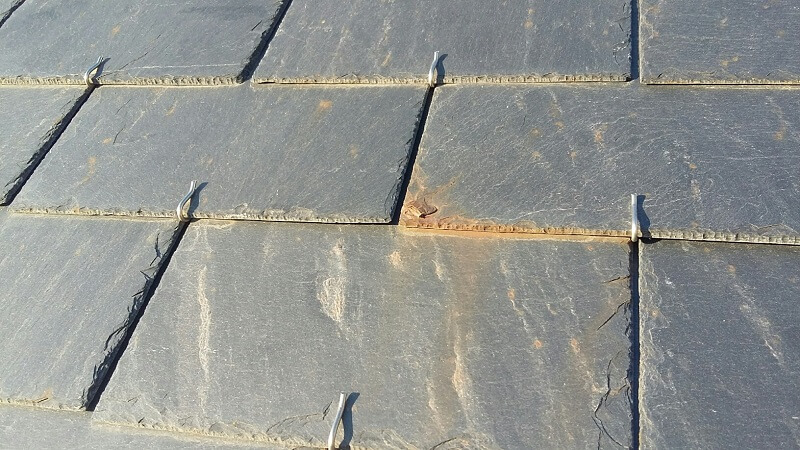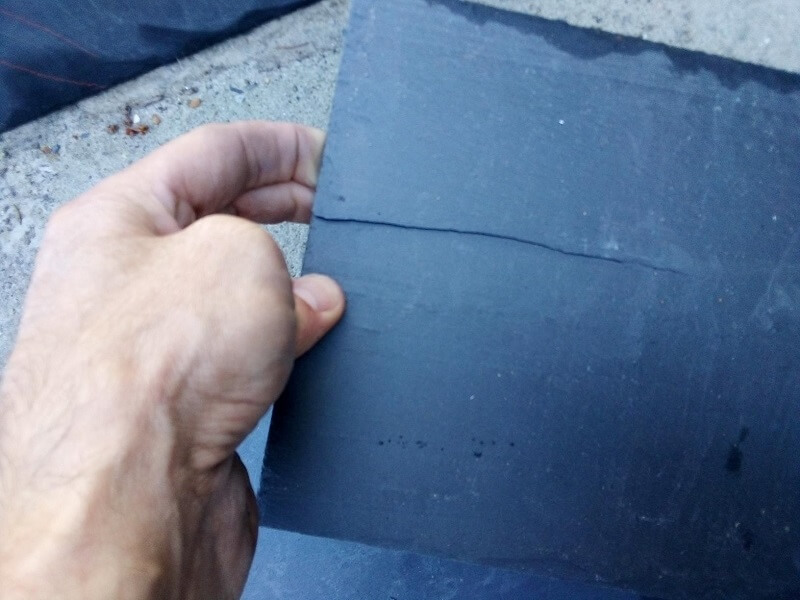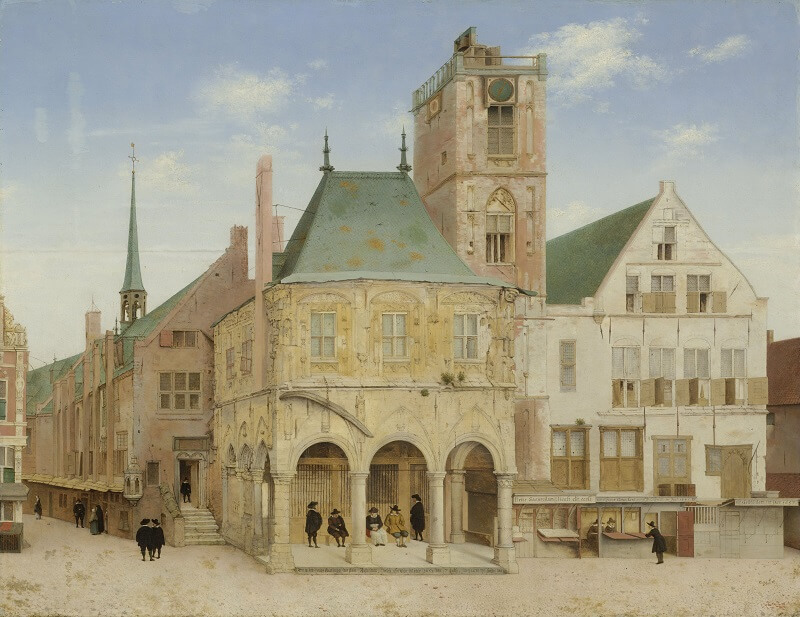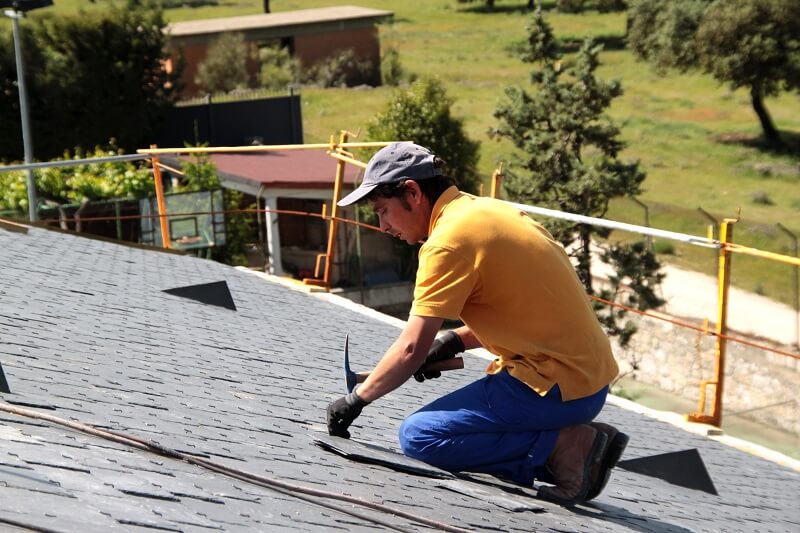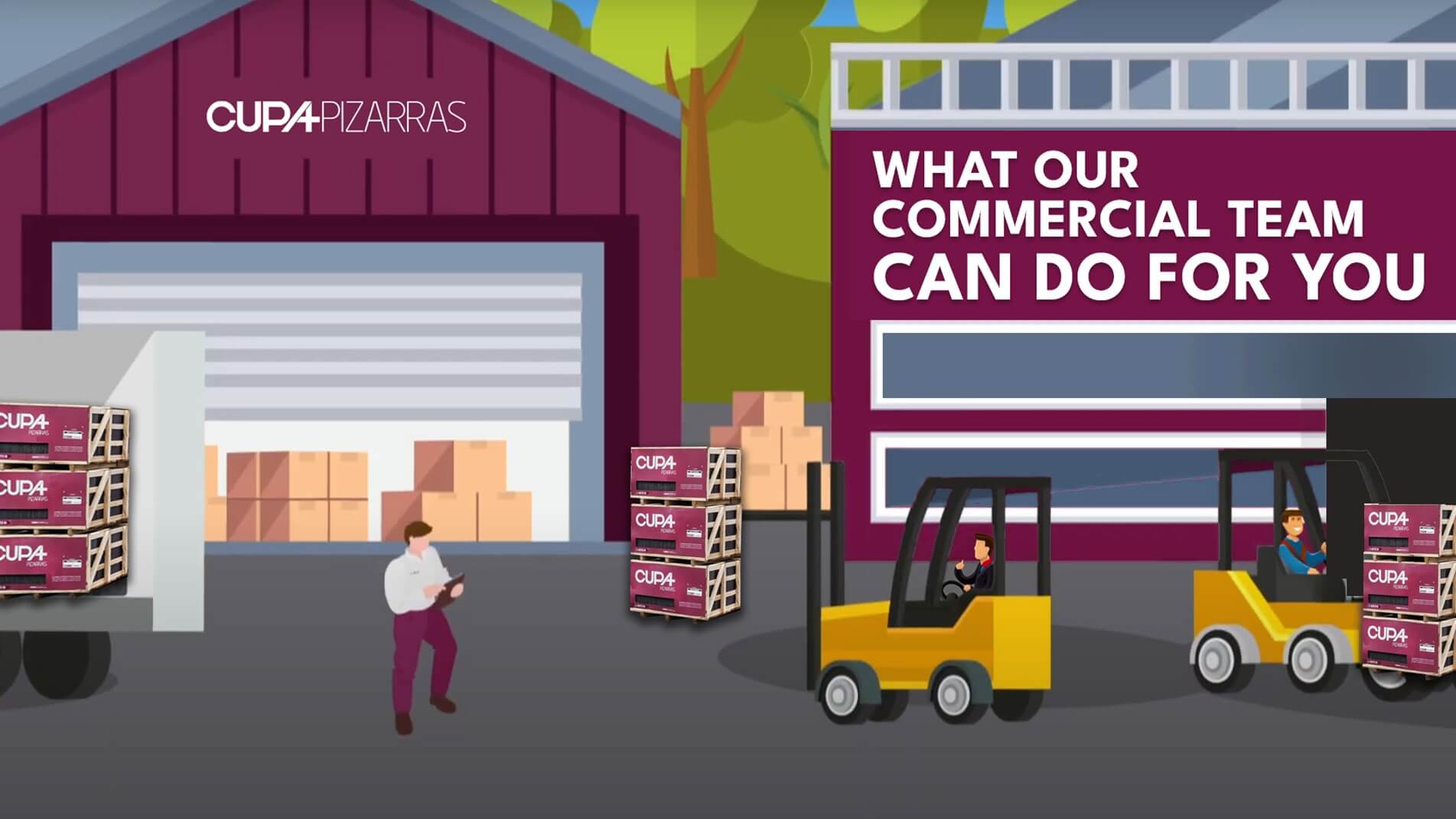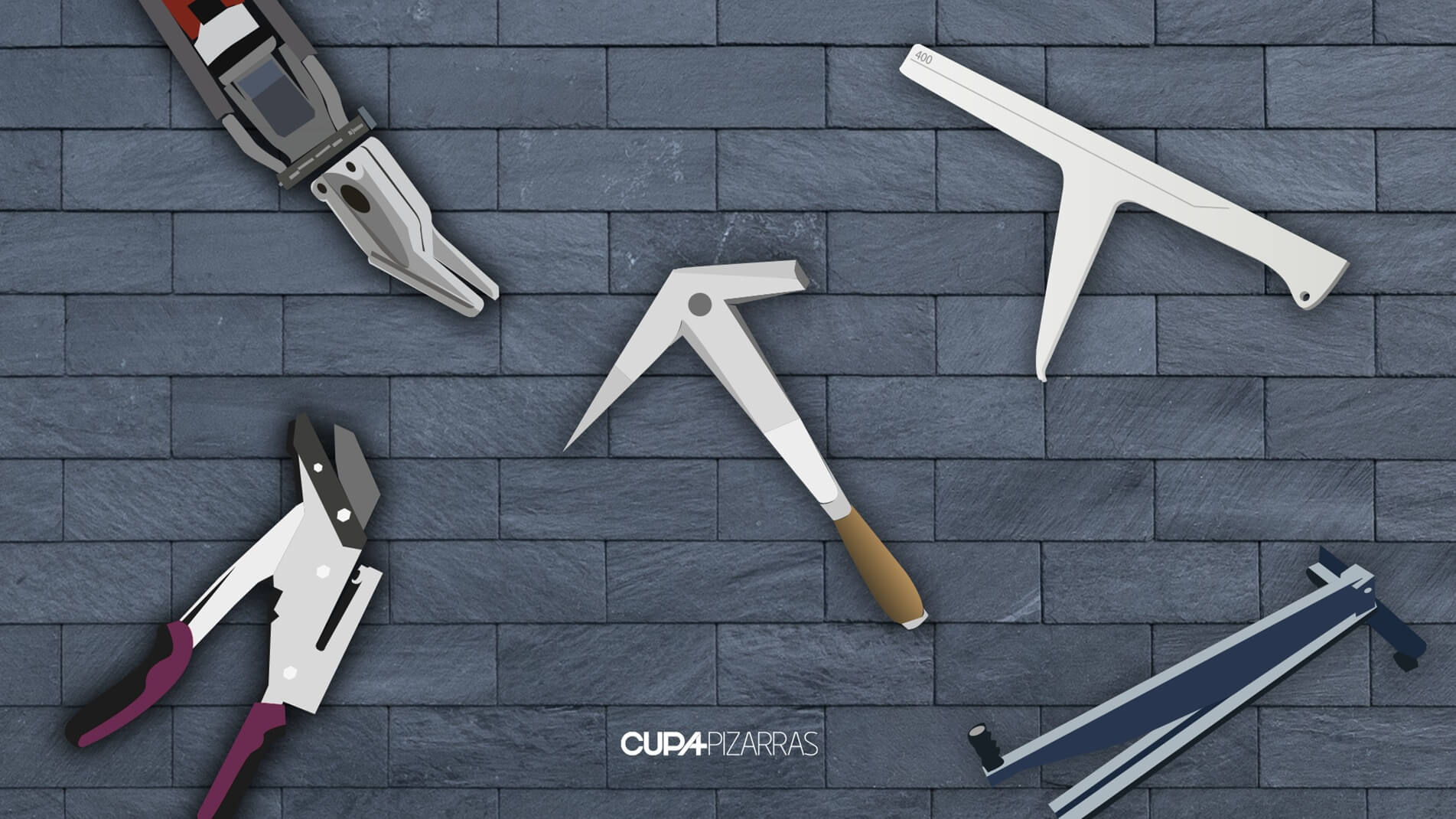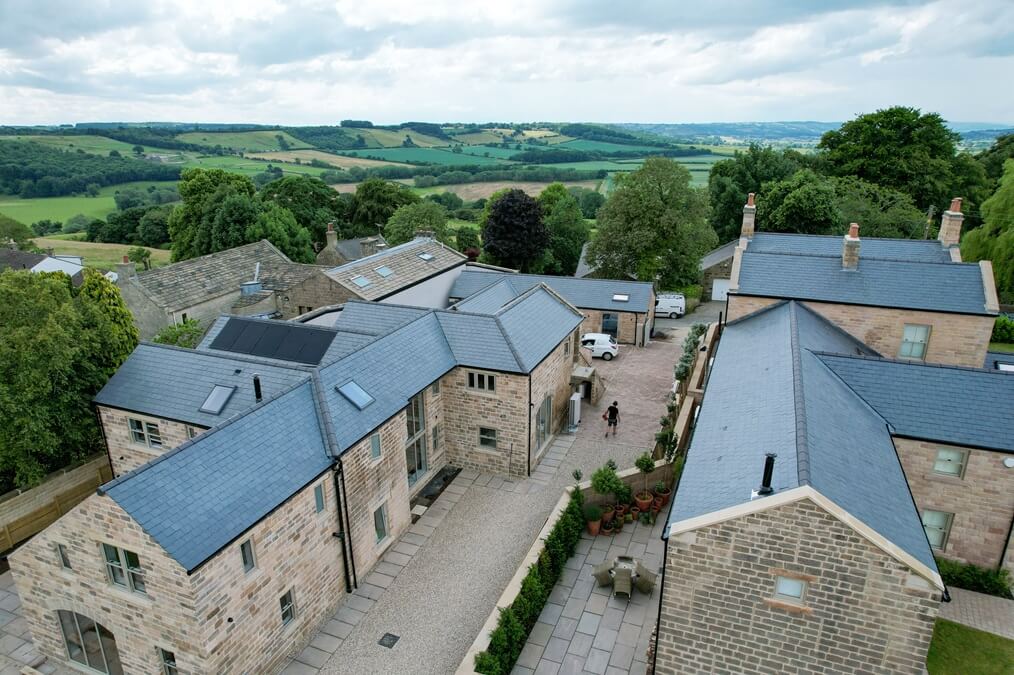Quality of roofing slates
Today I am going to share with you some thoughts regarding quality. I’ve been tempted to start this post with the formal definition of quality as defined in the dictionary, but I think we all know very well what quality is about, I don’t need to start my post with a boring definition. Quality means reliability, durability, something that is not going to become a concern. I’m sure we all agree on this.
Next question is, how can you recognize this quality in roofing slates? Frequently, quality is identified by the lack of perceptible defects such as oxidations, cracks, ribbons, etc. First quality roofing slates are free of defects that might alter the aesthetics or the performance of the tiles once installed. Well, this is true, but is only a part of the matter. Of course these defects are not desirable, but to have a premium quality roofing slate you need more. You need a reliable provider. Anyway, before getting into this, let me briefly explain something about roofing slate defects. There are two categories, intrinsic features, or features concerning the rock itself, and extrinsic features, or features depending on factors such as fabrication, storage, transport and installation.
Intrinsic features
As intrinsic features we have oxidation, gypsification, cracks, joints, and ribbons.
Oxidation
Perhaps the most dreaded feature, it is caused when iron sulphides, a group of minerals composed by iron (Fe) and Sulphur (S). These minerals, of which the most popular is pyrite, are sometimes found in the slate. Under urban environmental conditions, these minerals might rust, creating red stains that can affect the aesthetics of the cover.
Gypsification
Another feature related to mineral weathering, in this case, carbonates. These carbonates can be also present on roofing slates, and as for iron sulphides, under certain environmental conditions they can transform into gypsum. Since this transformation involves an increase in size, like, for example, when water freezes, the tile integrity could be affected.
Cracks and joints
These are straight lines that run along the roofing slate tile. Their origin dates back to the geological history of the rock. Just think on how old is roofing slate. The most popular roofing slate comes from the Upper Ordovician period, that means, it is about 450 million years old. During this time, tectonic forces have acted on the slate mass, creating fractures. Luckily, these fractures are usually filled with quartz, which acts as concrete and weld them. However, if the slate is very thin, these cracks can give some trouble.
Ribbons
As you all know, slate comes from the metamorphism of clay sediments. Sometimes, there are sandy levels in between these clays, result of the sedimentation processes. These sandy levels are clearer than the dark clays, so they appear as light grey bands on the tile surface. They do not represent any threat at all, this is just an aesthetic feature.
A slate roof with oxidation in the painting “Het oude stadhuis in Amsterdam” by Pieter Jansz. Saenredam, 1657
Extrinsic features
The extrinsic features group comprises lot of different aspects, which can be summarized in the following categories:
Fabrication
How the rock is cut, split, trimmed, pierced, stored and transported. All these operations must be performed appropriately, so the final product fulfills the requirements needed for its installation. This can be only achieved thought a constant and careful control of the productive means.
Installation
This is probably the most important moment in a roofing slate cover life service. A good installation will make the cover last for more than a hundred years, while a defective installation will lead to troubles and concerns. There are many things to consider in a roofing slate installation, such as weather, roof orientation, or architectural project, among others. Only a certified professional can perform a reliable installation, do not forget this.
As you can see, quality in something complex and depends on many aspects. Some are evident, such as the lack of defects on the slate, but others are slightly concealed to the customer. To assure this quality, CUPA PIZARRAS has developed an exhaustive and solid Quality System, based on traceability from quarry to roof, and a highly skilled team of professionals that can give a quick response to any question or demand from the customer.
Therefore, my favorite definition for good quality roofing slate is “a metamorphic rock that will let you sleep well, without concerns about the state of your roof”. Remember, sleeping well will lengthen your life.

